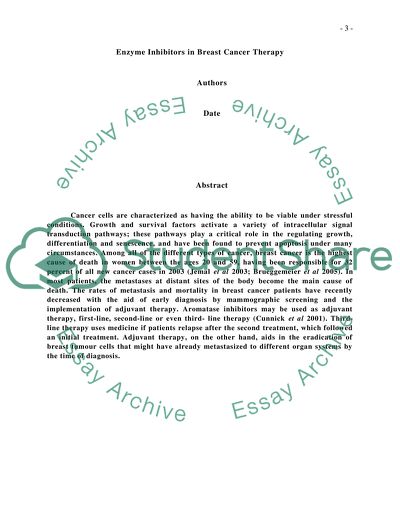Cite this document
(“Enzyme Inhibitors in Breast Cancer Therapy Coursework”, n.d.)
Enzyme Inhibitors in Breast Cancer Therapy Coursework. Retrieved from https://studentshare.org/health-sciences-medicine/1709629-scientific-report-for-bio-chemistry
Enzyme Inhibitors in Breast Cancer Therapy Coursework. Retrieved from https://studentshare.org/health-sciences-medicine/1709629-scientific-report-for-bio-chemistry
(Enzyme Inhibitors in Breast Cancer Therapy Coursework)
Enzyme Inhibitors in Breast Cancer Therapy Coursework. https://studentshare.org/health-sciences-medicine/1709629-scientific-report-for-bio-chemistry.
Enzyme Inhibitors in Breast Cancer Therapy Coursework. https://studentshare.org/health-sciences-medicine/1709629-scientific-report-for-bio-chemistry.
“Enzyme Inhibitors in Breast Cancer Therapy Coursework”, n.d. https://studentshare.org/health-sciences-medicine/1709629-scientific-report-for-bio-chemistry.


